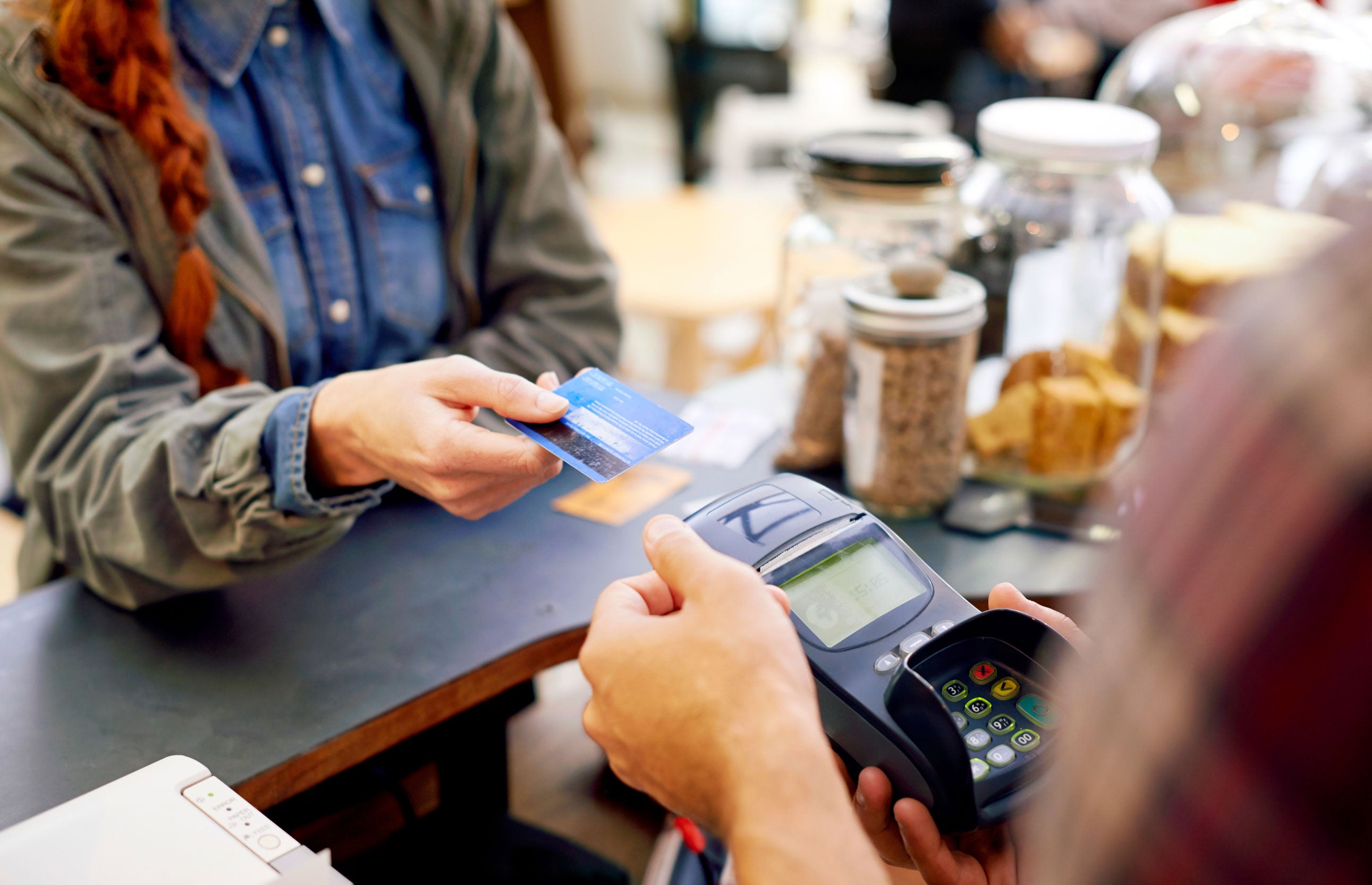[Update: Some offers mentioned below have expired. For current terms and conditions, please see card agreements.]
It’s hardly a secret that millennials loathe credit card debt. They fear it, in some cases more than other very frightening life events.
It was widely reported last year that debt conscious millennials are disrupting the credit card industry in large part because only one in three members of this demographic carries plastic. Instead, they prefer to pay with cash or use debit cards, according to a Fed study.
Debit cards however, don’t always offer the same perks or rewards as credit cards, in the form of points programs or cash back.
Or do they?
A Credit Card for Nearly Every Level of Credit
Earn rewards, transfer balances, and explore cards with the best terms for you.
For millennials in search of some payoff for all of that debit card loyalty, there are options.
For one, there’s the massive Cardlytics program, which just went public in February. There’s also a handful of much lesser known debit card reward programs.
What is Cardlytics?
With nearly 55 million users, it’s not exactly a small program. But that impressive number aside, there are still plenty of people who are not familiar with or using the Cardlytics program.
The company works with countless banks that are household names, such as Bank of America, SunTrust, Regions and PNC, to offer cash back programs via your debit card. So it’s very likely you have access to this perk already.
The cash back is provided via the program’s partnerships with a long list of brands ranging from Starbucks to McDonald’s, Hilton and Whole Foods. Targeted cash back rewards from these and many other companies are presented to debit card users based on spending history.
“From a bank perspective, we are providing credit card class rewards,” said Cardlytics COO Lynne Laube.
In terms of how exactly the program works, it’s quite simple. If you happen to eat at fast food restaurants for example, such as McDonald’s, then you’ll see ads for cash back offers from fast food restaurants inside your banking channels. The advertisements are cash back offers, perhaps $3 off your next meal.
When you redeem that offer, the money is deposited directly into your bank account. It’s that effortless.
“This is a great way save money on things you’re already buying,” said Laube. “The offers are targeted based on things you already bought in the past.”
There are many upshots to this program, including the fact that it doesn’t cost you anything and there’s no fear of racking up debt in pursuit of rewards. Yet, there are still people who log into their bank apps or bank accounts every day and don’t realize the rewards are right there, waiting to be used.
“Its embarrassing the number of times that I’ve had to teach one user at a time that they have our program,” Laube said. “But once people try it for the first time, they’re hooked.”
American Express Serve Cash Back
The American Express Serve Cash Back card is another option for those seeking to avoid credit card debt while still earning some rewards, says Tony DeSanctis, senior director for Cornerstone Advisors, a consulting firm for banks and credit unions.
Part of American Express’ line of prepaid debit cards, the Serve Cash Back card offers unlimited 1% cash back when you use it in stores or online. The money is added to your account for use on future purchases.
The cards offer some additional benefits as well, such as early direct deposit (which means you may be able to get your paycheck a few days before payday). There’s also no credit check required in order to obtain a Serve card and no minimum balance needed. And you’ll get American Express customer service 24/7.
Green Dot 5% Cash Back Visa Debit Card
Yet another option noted by DeSanctis is the Green Dot card.
Unlike the American Express option, the Green Dot card limits its 5% cash back offer to $100 annually.
But it too has perks such as allowing you to get paid up to two days earlier with free direct deposit. You can also deposit checks to your Green Dot account via your Smartphone and there is no credit check to obtain this card.
There are numerous fees associated with this card however. For instance, it costs up to $1.95 to buy the card in a store. Reloading it with money costs up to $4.95. There’s a $3.00 charge to make a withdrawal from your account and a $.50 charge for balance inquiries. And none of this includes any private ATM fees or the card’s $9.95 monthly service charge.
“These are very niche products targeted at unbanked or underbanked clients who don’t have a primary or traditional bank account,” says DeSanctis.
The Takeaway
There certainly are options when it comes to earning rewards without signing up for a credit card. But not all of the options are created equal, so do your homework.
“If millennials truly want to avoid credit cards, what’s out there is, by and large, better than no rewards at all,” said DeSanctis. “But I think the disdain for credit cards is more a function of significant student debt and trying to get out from under that debt. As they start to work their way out of student debt, I think you will see them dipping their toes into credit cards.”
If you’re concerned about your credit, you can check your three credit reports for free once a year. To track your credit more regularly, Credit.com’s free Credit Report Card is an easy-to-understand breakdown of your credit report information that uses letter grades—plus you get a free credit score updated every 14 days.
You can also carry on the conversation on our social media platforms. Like and follow us on Facebook and leave us a tweet on Twitter.
For more information or to answer any other questions you may have about the American Express Serve Prepaid Debit Card, be sure to thoroughly read through the cardholder agreement.
You Might Also Like
February 5, 2024
Credit Card Alternatives
April 20, 2023
Credit Card Alternatives
August 7, 2016
Credit Card Alternatives







